Typically, a Falcon 9 rocket makes a more controlled return to Earth.


Editor’s note: SpaceX has not announced webcast details for today’s Starship SN11 test. Above is a video feed from NASASpaceflight.com via YouTube.
SpaceX may attempt to test fire — then launch — its latest Starship rocket prototype at the company’s South Texas facility on Friday (March 26).

A one-way ticket (including a cliffside condo!) starts at $300000.
An architecture firm has released ambitious plans for Nüwa, a sustainable city on Mars that could hold up to 250000 people in mostly underground cave systems.
Nüwa, named for the Chinese mythological goddess who melted five stones to give robust societal pillars, would be housed inside a sheer rock face where residents would be protected from damaging cosmic and solar radiation.
If you decide to move to Mars, your $300000 ticket will include a one-way trip to Nüwa, a residential unit of 25 to 35 square meters, full access to facilities, life support services and food, and “a binding work contract to devote between 60 [percent] and 80 [percent] of [your] work time to tasks assigned by the city,” according to ABIBOO, the architecture studio behind the concept.
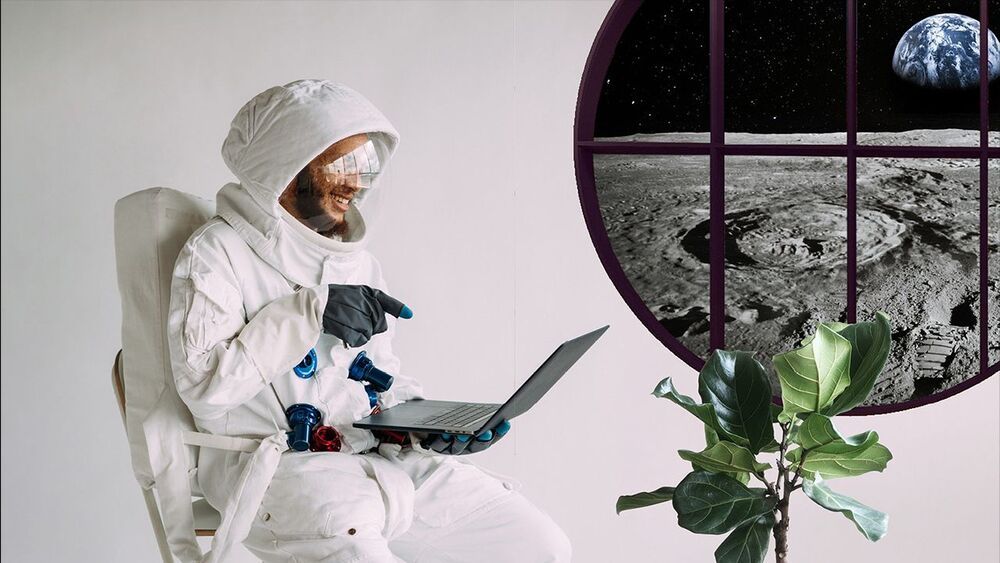
The first house on the moon, an ambitious space-saving alternative to life on crowded Earth, could cost an out-of-this-world $60 million, according to a new study.
That’s an estimated $320000 monthly payment for 1356 square feet of interior space, so if you want to go big, stay home.
The study, conducted by the UK finance site Money.co.uk, used SpaceX’s blastoff weight pricing to estimate what it would cost to bring materials, tools and laborers to the moon to begin the work. It also factored in the costs of new technology that architecture on the moon would require for life support and other factors.
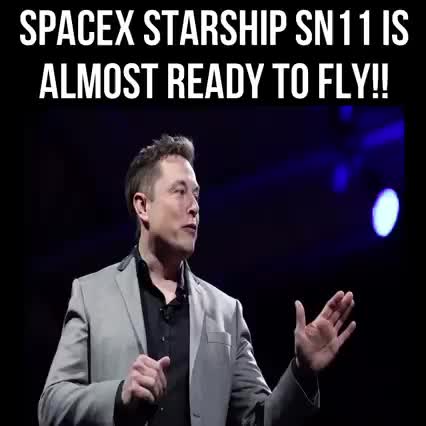

# **MARS: A GATEWAY TO THE SOLAR SYSTEM**
Today’s highlight: **Bruce MacKenzie**, founder of the Mars Foundation.
Bruce gave us a detailed view of what will be the economical and industrial development in the solar system, in a broad and strategical concept: Mars, a gateway to the Solar System. How will a future trade and export take place on Mars, to facilitate the civilization expansion into the Solar System. Lot of works will focus on Phobos and Deimos, the Mars’s moons. A space elevator between Mars and Phobos will be key. Thousands of independent space settlements will allow to study and understand how ecosystems work, how water, food, wastes cycles can be better combined and integrated, and such a knowledge will have a fallout back on Earth too. Several favorable conditions suggest to start with Mars, to open the solar system to humanity and life: water, carbon, nutrients, raw materials. Trading among different space settlements is key. Mars infrastructures will include: greenhouses, manufacturing, materials processing, residential areas, ice road, desert trek, farm communities, truck stops, polymer production, fuel production. Key productions to start: polymers and fiber glass. Cargo transportation from Mars surface to the moons and orbital facilities with e.g. space elevators, magnetic guns, regolith rockets. Mars can produce finished goods, food, and bulk materials (gas, ice, liquids, fuel, fertilizers), delivered to Mars orbit, and then to other destinations. Floating towns in Venus atmosphere is another possible location for settlers communities. For a period of time, Mars will be the “bread-basket” of the Solar System.
Here’s the whole **Webinar on Mars, the Asteroid Belt and Beyond**: https://www.youtube.com/watch?v=S57G71SURYc.
Also see the other speeches of the Webinar, that will be proposed in the newsletters to come.
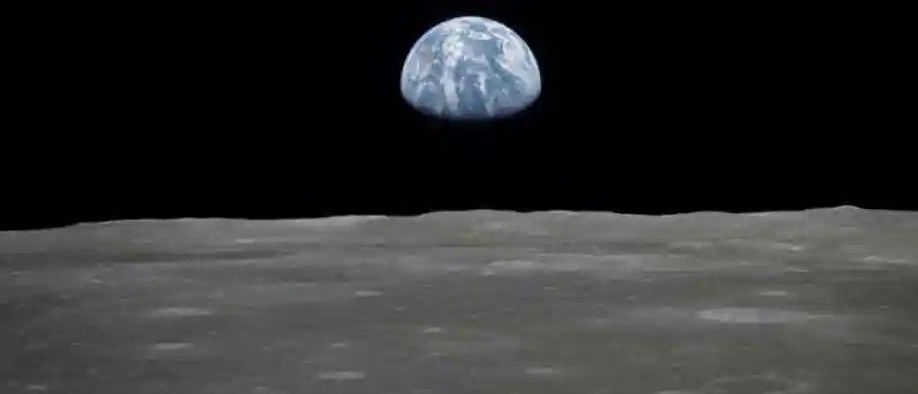
Interstellar travel has always caught the imagination of humankind. Though our scientific knowledge and imagination have long conceptualised interstellar space travel, actual travel is a massive undertaking. Till date, only two spacecraft (Voyager 1 and 2) have crossed the solar system boundary. More spacecraft will surely follow in future.
The main issue in interstellar travel is that a person aboard the spacecraft sees a different starscape than that from Earth. The astronaut will see position and movement of stars differently than on Earth.
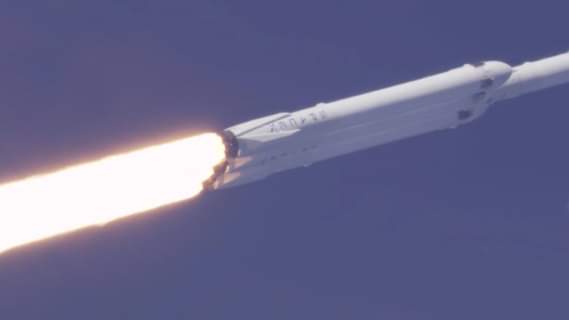
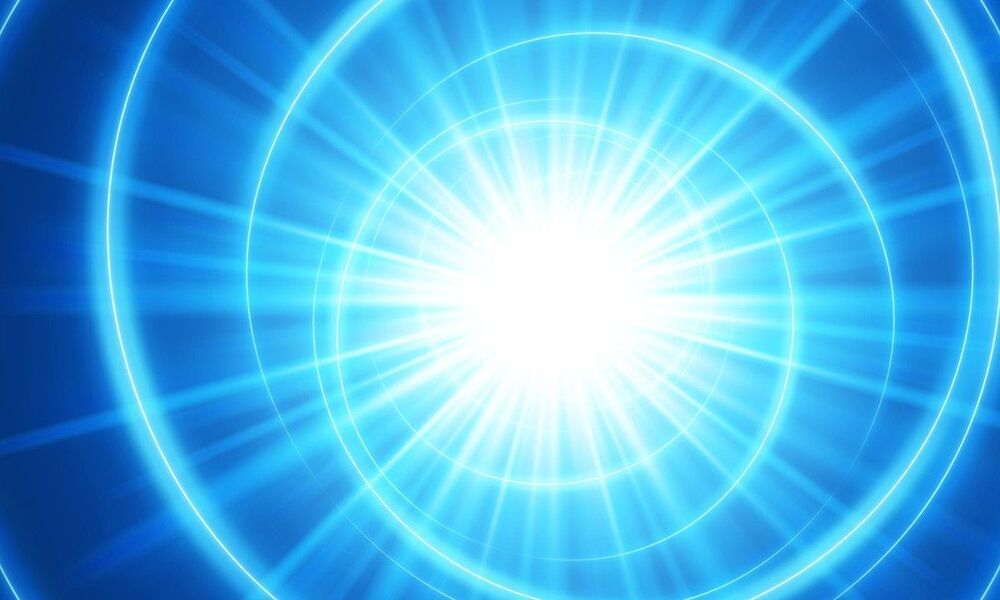
Albert Einstein’s special theory of relativity famously dictates that no known object can travel faster than the speed of light in vacuum, which is 299792 km/s. This speed limit makes it unlikely that humans will ever be able to send spacecraft to explore beyond our local area of the Milky Way.
However, new research by Erik Lentz at the University of Göttingen suggests a way beyond this limit. The catch is that his scheme requires vast amounts of energy and it may not be able to propel a spacecraft.
Lentz proposes that conventional energy sources could be capable of arranging the structure of spacetime in the form of a soliton – a robust singular wave. This soliton would act like a “warp bubble’”, contracting space in front of it and expanding space behind. Unlike objects within spacetime, spacetime itself can bend, expand or warp at any speed. Therefore, a spacecraft contained in a hyper-fast bubble could arrive at its destination faster than light would in normal space without breaking any physical laws, even Einstein’s cosmic speed limit.